 Context matters. Chinese words are not used the way you’d think based on an English translation and words are not pronounced the same everywhere and by everyone. Traditional learning materials such as textbooks are notoriously bad at providing enough context and diversity to equip you for real-world interactions in Chinese. However, other tools excel at this, and YouGlish is one of them.
Context matters. Chinese words are not used the way you’d think based on an English translation and words are not pronounced the same everywhere and by everyone. Traditional learning materials such as textbooks are notoriously bad at providing enough context and diversity to equip you for real-world interactions in Chinese. However, other tools excel at this, and YouGlish is one of them.
Tune in to the Hacking Chinese Podcast to listen to the related episode (#214):
Available on Apple Podcasts, Spotify, YouTube and many other platforms!
YouGlish is a free service where you can hear Chinese words spoken in authentic contexts
YouGlish is a free service that helps you hear how words and phrases are pronounced in real-world contexts by native speakers. By typing a word or phrase into the search bar, YouGlish provides a series of video clips from YouTube where the term is used, with time stamps, allowing you to see and hear the language as it is naturally spoken. Because of the time stamps, you will only hear the relevant bits of the clip in question and you can rapidly skip to the next clip where the word or phrase is mentioned.
The name comes from combining “YouTube” and “English”, but as mentioned, the platform also supports other languages, including Chinese. You can also further select Mainland China, Taiwan, Singapore, Hong Kong, Shanghai, Macau and Minnan.
You will then be able to browse clips containing the word or phrase you selected. The interface works well enough that the next clip loads almost instantly provided your internet connection is good enough. You will then be able to see and hear the relevant passage in the clip, along with subtitles and a rudimentary translation. You can also adjust the playback speed if necessary. Here’s what it looks like:
Using YouGlish for Chinese pronunciation reference
One of the most challenging aspects of learning Chinese is mastering pronunciation, especially tones and how they change in context. As a more advanced student, you also need to deal with the interaction between tones and intonation, and the best way to do that is to study authentic language in context. YouGlish offers a valuable resource for hearing how different people say the same word or phrase, which is crucial for a few reasons:
- Variety of pronunciations: YouGlish provides access to a wide range of pronunciations from native speakers. By listening to multiple speakers, you can learn to understand the subtle variations in pronunciation and intonation. This is particularly useful for identifying regional accents and different speaking styles.
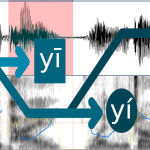 Contextual pronunciation: The platform lets you hear how words are pronounced in various contexts. This includes differences in articulation and tone sandhi (the change of tone based on adjacent tones). For example, the third tone is pronounced differently in context compared to in isolation, and how it’s pronounced in context also depends on the rate of speech. Understanding these variations helps you grasp how context can affect pronunciation.
Contextual pronunciation: The platform lets you hear how words are pronounced in various contexts. This includes differences in articulation and tone sandhi (the change of tone based on adjacent tones). For example, the third tone is pronounced differently in context compared to in isolation, and how it’s pronounced in context also depends on the rate of speech. Understanding these variations helps you grasp how context can affect pronunciation.- Situational usage: By exposing you to words used in different situations, YouGlish helps them understand how pronunciation can change based on the setting. For example, the same word might sound different when used in a movie scene, a speech, or an interview. This variety prepares you for real-life conversations where pronunciation may not always follow textbook rules.
 Regional pronunciation: Unlike the characters in your textbook, people in the real world pronounce Mandarin in many different ways, depending on where they are from, how old they are, what their educational background is like and a range of other factors. Most videos uploaded to YouTube are authentic, so they aren’t primarily created for language learners. This means that they are an excellent gateway to understanding regionally accented Mandarin. As a beginner, this type of diversity is mostly confusing, but from the intermediate level and up, you absolutely have to familiarise yourself with different ways of pronouncing Mandarin.
Regional pronunciation: Unlike the characters in your textbook, people in the real world pronounce Mandarin in many different ways, depending on where they are from, how old they are, what their educational background is like and a range of other factors. Most videos uploaded to YouTube are authentic, so they aren’t primarily created for language learners. This means that they are an excellent gateway to understanding regionally accented Mandarin. As a beginner, this type of diversity is mostly confusing, but from the intermediate level and up, you absolutely have to familiarise yourself with different ways of pronouncing Mandarin.
For more about improving your pronunciation, either as a beginner or a more advanced student, check out my course Hacking Chinese Pronunciation: Speaking with Confidence!
Using YouGlish to understand words in context
Beyond pronunciation, YouGlish is useful for understanding how words and phrases are used in meaningful contexts. This aspect is crucial for mastering grammar and collocations (which words typically appear next to each other):
- Grammar and usage: By hearing words embedded in sentences, you can see the grammatical structures surrounding them. This helps in understanding how words fit into different grammatical contexts, which is essential for constructing correct and natural-sounding sentences. This is similar to using a corpus, except it’s in video format!
- Collocations and phrasal usage: Words are often used together with other specific words, forming collocations. YouGlish allows you to hear these natural word pairings and phrases, providing a deeper understanding of how native speakers combine words. For instance, learning that certain verbs are commonly used with specific nouns can significantly enhance vocabulary usage.
- Native speaker patterns: Observing how native speakers use words in various contexts helps you internalise patterns of usage. This includes the frequency of certain phrases, common sentence structures, and the natural flow of language. Such exposure helps in developing an intuitive grasp of how words are used in everyday conversation.
Integrating YouGlish in your Chinese studies
While YouGlish is useful and fun all on its own, it’s most effective when used with other learning resources. Here are a few ideas for how to integrate YouGlish into your broader Chinese learning strategy:
 Textbooks and flashcards: Use traditional resources to learn new vocabulary and grammar. Then, use YouGlish to hear these words and structures in use. I don’t think YouGlish is particularly good for learning new things, but it’s great to add variety and breadth to things you already know. Potentially, you could also scrape audio from these clips for your flashcards, but that would require extra software. I’ve written more about using flashcards to improve your Mandarin here: How to best use flashcards to learn Chinese.
Textbooks and flashcards: Use traditional resources to learn new vocabulary and grammar. Then, use YouGlish to hear these words and structures in use. I don’t think YouGlish is particularly good for learning new things, but it’s great to add variety and breadth to things you already know. Potentially, you could also scrape audio from these clips for your flashcards, but that would require extra software. I’ve written more about using flashcards to improve your Mandarin here: How to best use flashcards to learn Chinese.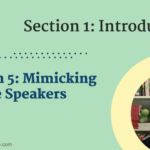 Pronunciation practice: Use audio found through YouGlish to hone your pronunciation by mimicking what you hear. You can either do this in a freestyle manner while listening to the clips or again, download the relevant bits and focus on specific parts using programs tools like Praat or Audacity to analyse and compare your pronunciation with the target model. I wrote more about mimicking native speakers here.
Pronunciation practice: Use audio found through YouGlish to hone your pronunciation by mimicking what you hear. You can either do this in a freestyle manner while listening to the clips or again, download the relevant bits and focus on specific parts using programs tools like Praat or Audacity to analyse and compare your pronunciation with the target model. I wrote more about mimicking native speakers here. Word usage exploration: Let’s say you just learnt a new word or expression, and want to know how people in the real world use it. For example, you have learnt that 不知不觉 (bùzhībùjué) means “unconsciously; unwittingly”, but you’ve read my article about Chengyu and know that it isn’t used as you think it is based on the definition. No problem, YouGlish has you covered. Counting only CN clips, there are 107 instances of this Chengyu in context. If you listen to just a handful, you stand a pretty good chance of figuring out how it’s used. For example, you’ll learn that it can be followed by 中, or more rarely, 间, by 地 to serve as an adverb to whatever verb comes after, or sometimes without the 地. You also hear dozens of people say this Chengyu while flipping through the examples.
Word usage exploration: Let’s say you just learnt a new word or expression, and want to know how people in the real world use it. For example, you have learnt that 不知不觉 (bùzhībùjué) means “unconsciously; unwittingly”, but you’ve read my article about Chengyu and know that it isn’t used as you think it is based on the definition. No problem, YouGlish has you covered. Counting only CN clips, there are 107 instances of this Chengyu in context. If you listen to just a handful, you stand a pretty good chance of figuring out how it’s used. For example, you’ll learn that it can be followed by 中, or more rarely, 间, by 地 to serve as an adverb to whatever verb comes after, or sometimes without the 地. You also hear dozens of people say this Chengyu while flipping through the examples.
Improving your Chinese pronunciation by mimicking native speakers
Conclusion: YouGlish helps you learn Chinese by embedding words in authentic contexts
YouGlish is a great resource for Chinese learners, providing access to authentic speech and a plethora of examples to aid in understanding and pronunciation. By integrating YouGlish into your study routine, you can enhance your learning experience, improve your pronunciation, and gain a deeper understanding of how Chinese is used in real-life contexts. Consistent practice and exposure to native speech will significantly boost your confidence and proficiency in the language. Good luck!
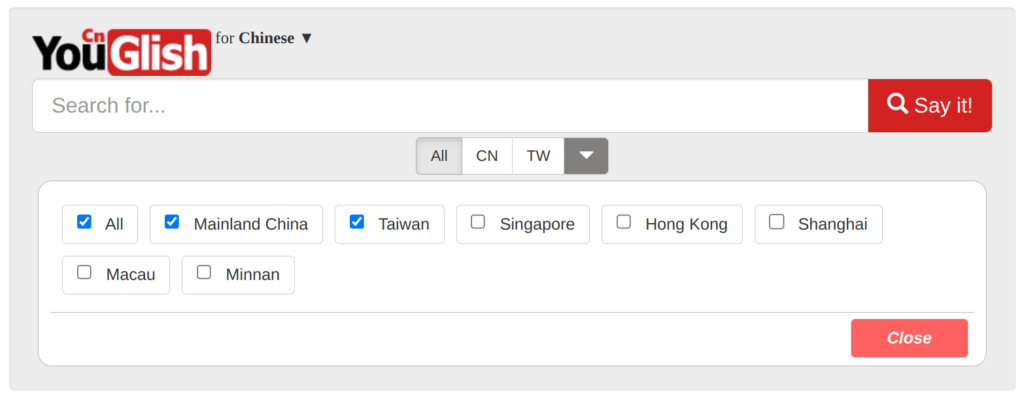
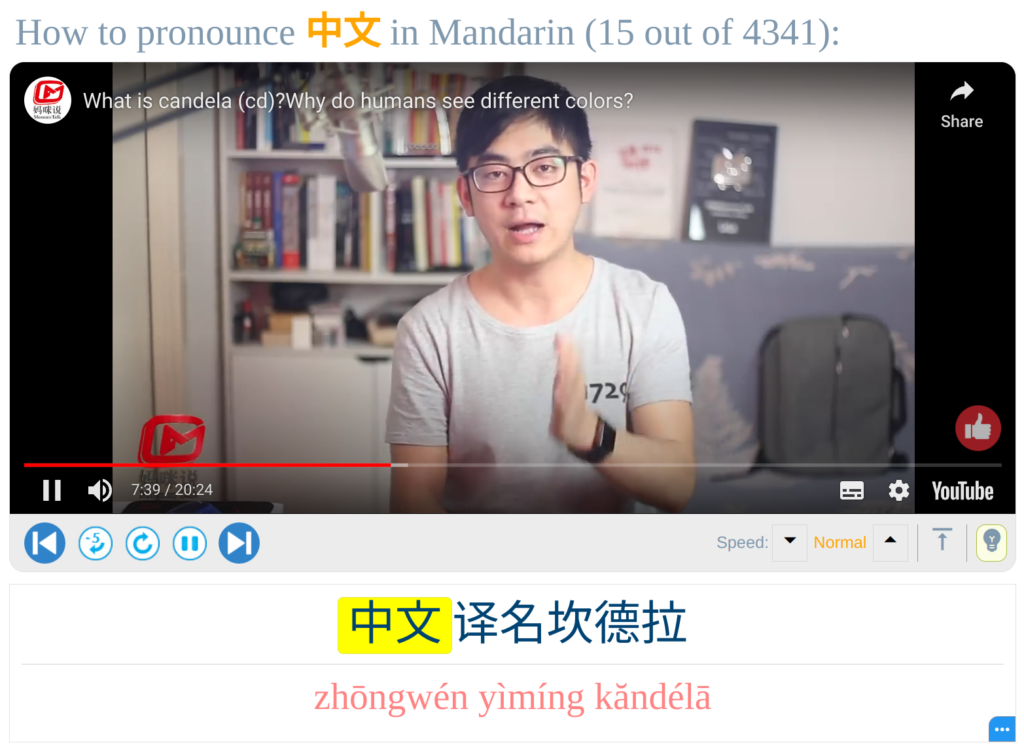
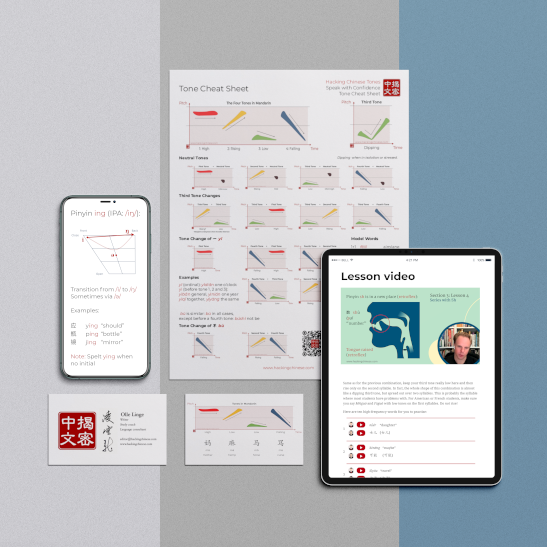

2 comments
I tried it, it’s interesting but it doesn’t seem to accept pinyin input.
Yes, that’s right. There are probably several reasons for this. First, the text on YouTube is in characters. Second, if you only type Pinyin, how would it know which word you meant? Sure, it could guess, but then you might as well use a Pinyin input method and enter the characters directly anyway. I’m not sure when looking things up in Pinyin only would both work practically and be useful at the same time! If you’re not learning characters at all, you can either use a Pinyin input method and find the right character or use a dictionary. Remember, even if the results you find are people speaking, it actually searches through text, and Chinese text is in characters, not Pinyin.